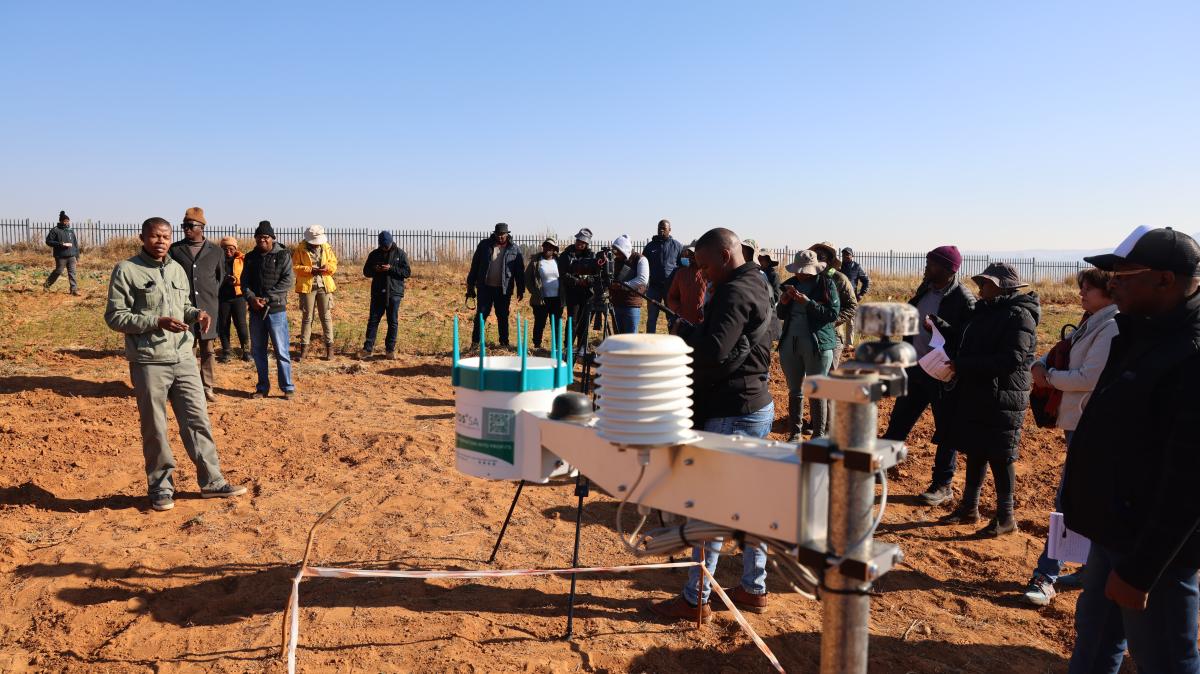Description/Abstract
The mineral content of nine landraces of bambara groundnut cultivated in Botswana, Namibia and Swaziland respectively was investigated. The raw seeds were analysed for Ca, K, Mg, Na, P, Cu, Fe and Zn. The ranges (mg/100 g dry matter) obtained for the macro minerals are: Ca 37-128, K 1545-2200, Mg 159-335, Na 16-25, P 313-563, and for the micro minerals (ppm): Cu 3.0-13.2, Fe 23.0-150 and Zn 13.9- 77.0. There were similarities and differences in the components determined in the landraces grown in a particular country and between the same landraces grown in different countries. This legume is a good source of, Ca, K, Mg, P and Fe. The Mg and P contents are similar to those of groundnut (Arachis hypogaea, P 376 and Mg 168). Landraces grown in Swaziland seem to have higher mineral contents than those grown in Botswana and Namibia. The concentration of the minerals in this legume indicates that they could be useful in the diets of consumers in Botswana, Swaziland and Namibia.
Other Partners
European Union, African Journal of Biotechnology
Keywords
Bambara groundnut, minerals, landrace, Botswana, Namibia, Swaziland.








